Regions of Costa Rica. ☎️ Find the right one for you.
Costa Rica, with its spectacular biodiversity and rich culture, offers a wide array of regions, each with its own unique blend of climate, lifestyle, and opportunities for those looking to relocate or invest. From the lively streets of San José to the tranquil beaches of Guanacaste, Costa Rica’s regions provide something for everyone. Whether you are seeking a bustling urban environment, serene mountain living, or a beachside retreat, here is an in-depth exploration of Costa Rica’s most popular regions. The climate in Costa Rica varies from region to region, and I know that once you are here, you will agree that we have one of the best climates in the world.
If you’re considering real estate in Costa Rica, start with our step-by-step legal guide to buying property in Costa Rica for foreigners.
– Real estate in Costa Rica: legal buying guide
The Great Metropolitan Area (GAM).
At the heart of Costa Rica lies the Great Metropolitan Area (GAM), which includes the capital city, San José, and its surrounding towns. This region is known for its cooler climate, thanks to the Central Valley’s elevation, and offers modern amenities like top-quality healthcare, shopping, and education. San José itself is a bustling cultural hub, offering residents easy access to museums, theaters, and international restaurants.
Nearby towns like Escazú and Santa Ana are popular with expats for their excellent infrastructure and amenities, offering a more suburban feel while remaining close to the heart of the city. Towns like Grecia and Atenas are also gaining popularity for their mild climates and stunning views of volcanoes and lush valleys. With its blend of urban and natural environments, the GAM provides an ideal setting for professionals, retirees, and families alike.
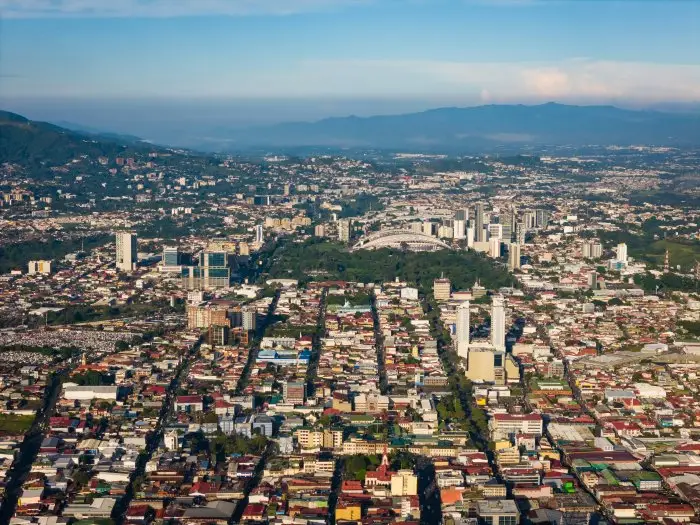
Guanacaste: the most beautiful region of Costa Rica:
Guanacaste’s North Pacific coast is one of Costa Rica’s top regions for sunny weather and beachfront living. Known as the Gold Coast, this region is home to some of the country’s most famous beach towns, including Tamarindo, Playas del Coco, and Flamingo Beach. These towns are magnets for tourists and expats alike, offering a range of outdoor activities, from world-class surfing and sport fishing to golf and hiking. The Guanacaste area has is the driest climate in Costa Rica. Be sure to check water availability if you wish to buy property in this region of Costa Rica.
Guanacaste is also a rapidly developing region, with a growing luxury real estate market and new infrastructure projects, such as marinas in Flamingo. The region’s international airport in Liberia makes it highly accessible, attracting those looking for a blend of beach life and modern conveniences. Schools and healthcare are also improving, making Guanacaste a practical choice for families seeking a sun-soaked lifestyle with high-quality services.
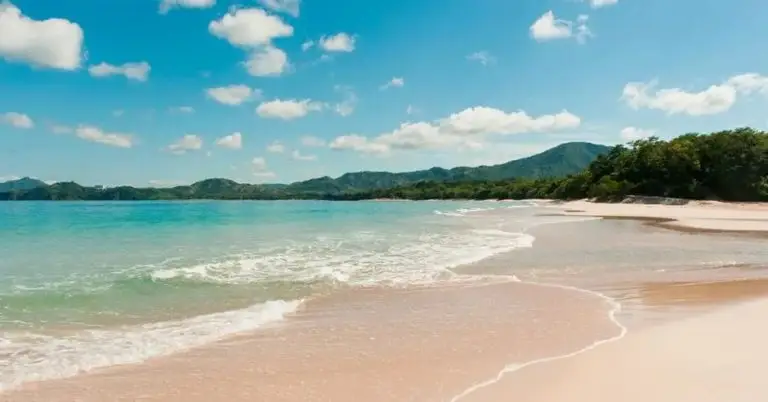
Nicoya peninsula: Costa Rica's blue zone region:
The Nicoya Peninsula, located on the central Pacific coast, is internationally recognized as one of the world’s Blue Zones, where residents regularly live to 100 years or more. This region offers a wellness-focused, eco-conscious lifestyle, attracting retirees, health enthusiasts, and those looking for a simpler, slower-paced life.
Towns like Nosara and Santa Teresa are known for their pristine beaches and thriving yoga and surfing communities. While the region is more remote and less developed than Guanacaste or the Central Valley, it appeals to those seeking tranquility, natural beauty, and a close-knit expat community. Its healthy environment, combined with the rugged beauty of its coastline, makes Nicoya a prime destination for those looking to prioritize well-being and connection to nature.
The Nicoya Peninsula, located on Costa Rica’s northwestern Pacific coast, enjoys a warm and dry tropical climate. Temperatures typically range between 80°F to 95°F (27°C to 35°C), with the dry season lasting from December to April. The region receives most of its rainfall during the green season, which stretches from May to November, though it experiences less rainfall compared to other parts of the country.
Popular with expats investing in villas and lots. Review title verification, easements and zoning before you sign:
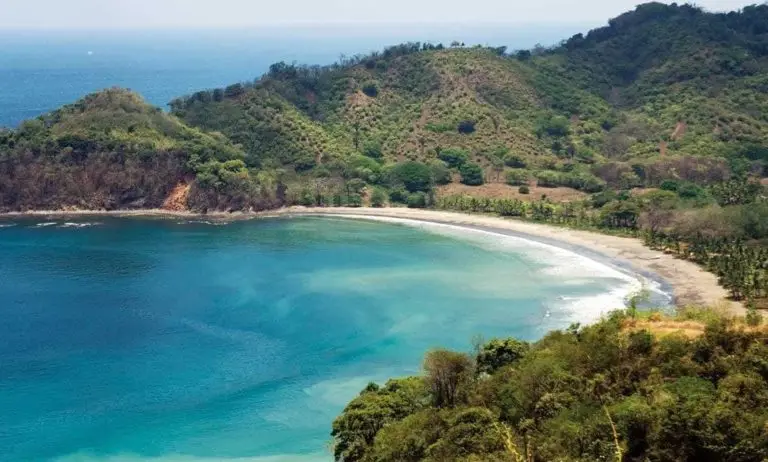
The Central Pacific Region: Balance of Nature and Accessibility
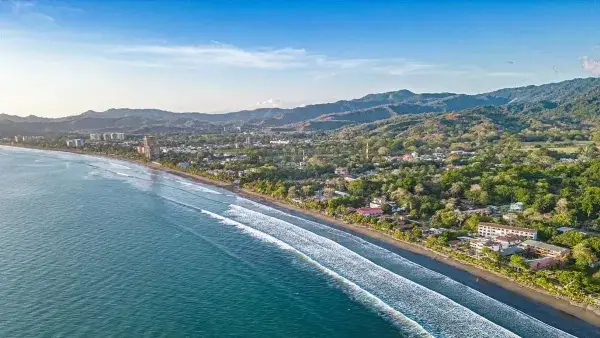
Puntarenas and the Southern Zone: Untouched and Growing
Puntarenas is one of Costa Rica’s longest provinces, extending from the Central Pacific down to the Osa Peninsula. Along this stretch, the Southern Zone has become increasingly popular for those seeking a quieter, more pristine environment. Towns like Dominical, Uvita, and Ojochal offer stunning ocean views, waterfalls, and lush rainforests, attracting expats who want to live close to nature.
The Southern Zone remains less developed than other coastal regions but is gaining popularity for its tranquility, natural beauty, and affordable real estate. The area’s growing reputation as a hidden gem for expats looking to escape the crowds makes it an attractive option for those in search of the “real” Costa Rica.
Osa Peninsula: Untamed Wilderness
The Osa Peninsula is one of Costa Rica’s most remote and wild regions on the southern Pacific coast. It is one of the most beautiful areas of Costa Rica. Home to the biodiverse Corcovado National Park, this area is ideal for eco-conscious expats and those seeking a life connected to nature. The Osa Peninsula has fewer amenities and infrastructure compared to other regions, but it appeals to adventurers and conservationists drawn to its untouched beauty.
Small towns like Puerto Jiménez offer essential services, but much of the region remains undeveloped, with large swathes of pristine rainforest and coastline. For those looking to truly disconnect from the modern world and live sustainably, the Osa Peninsula provides an unmatched opportunity. Costa Ballena is located in this area of Costa Rica.
The Osa Peninsula, located in the southern Pacific region of Costa Rica, boasts a tropical climate characterized by high temperatures and abundant rainfall. Its climate is hot and humid, with average temperatures ranging from 77°F to 86°F (25°C to 30°C) year-round. The rainy season, which extends from May to November, brings heavy downpours, especially in September and October. During the dry season, from December to April, the region experiences sunny, warm days and relatively lower humidity. You should check out Ballena Tales, an interesting magazine with topics regarding Osa.
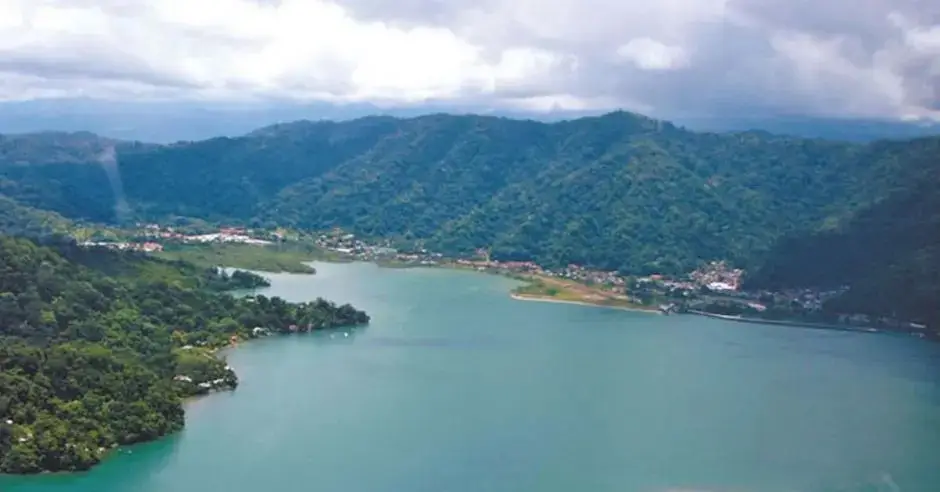
Limón and the Caribbean Coast: Culture and Growth.
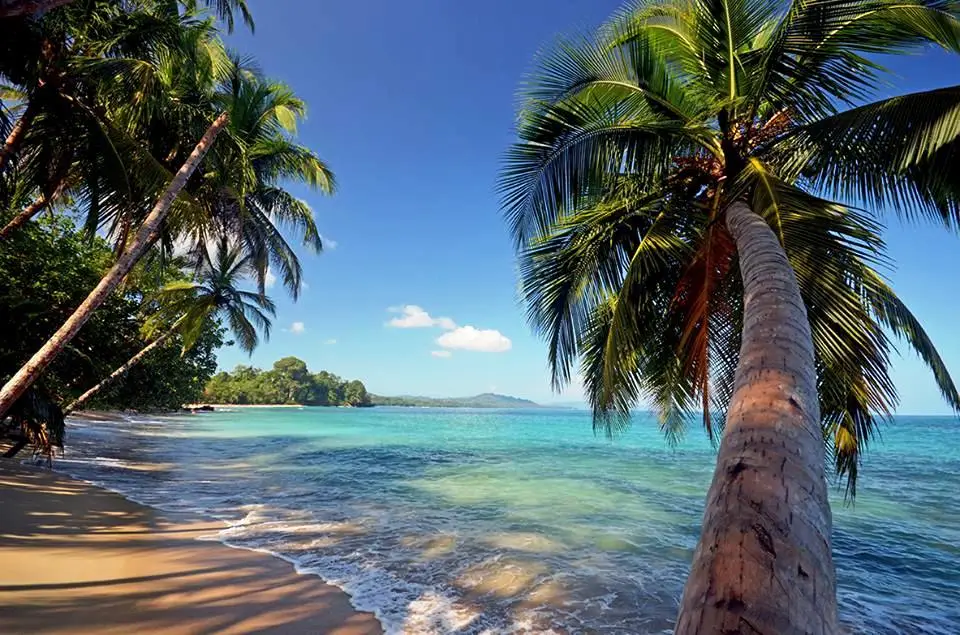
Arenal and the Northern Regions of Costa Rica:
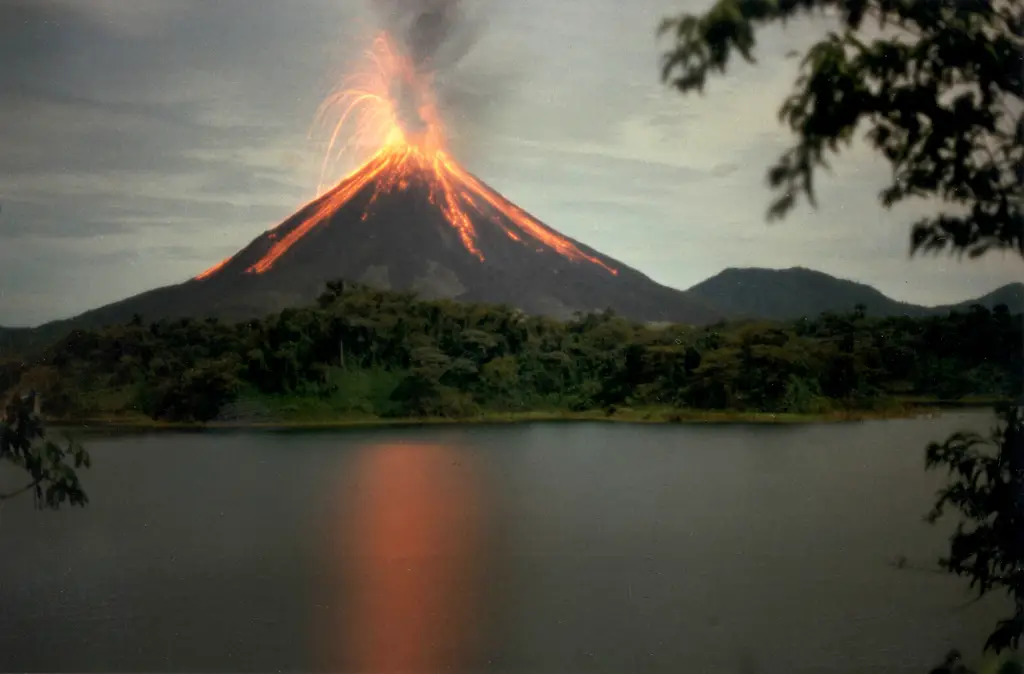
One Response